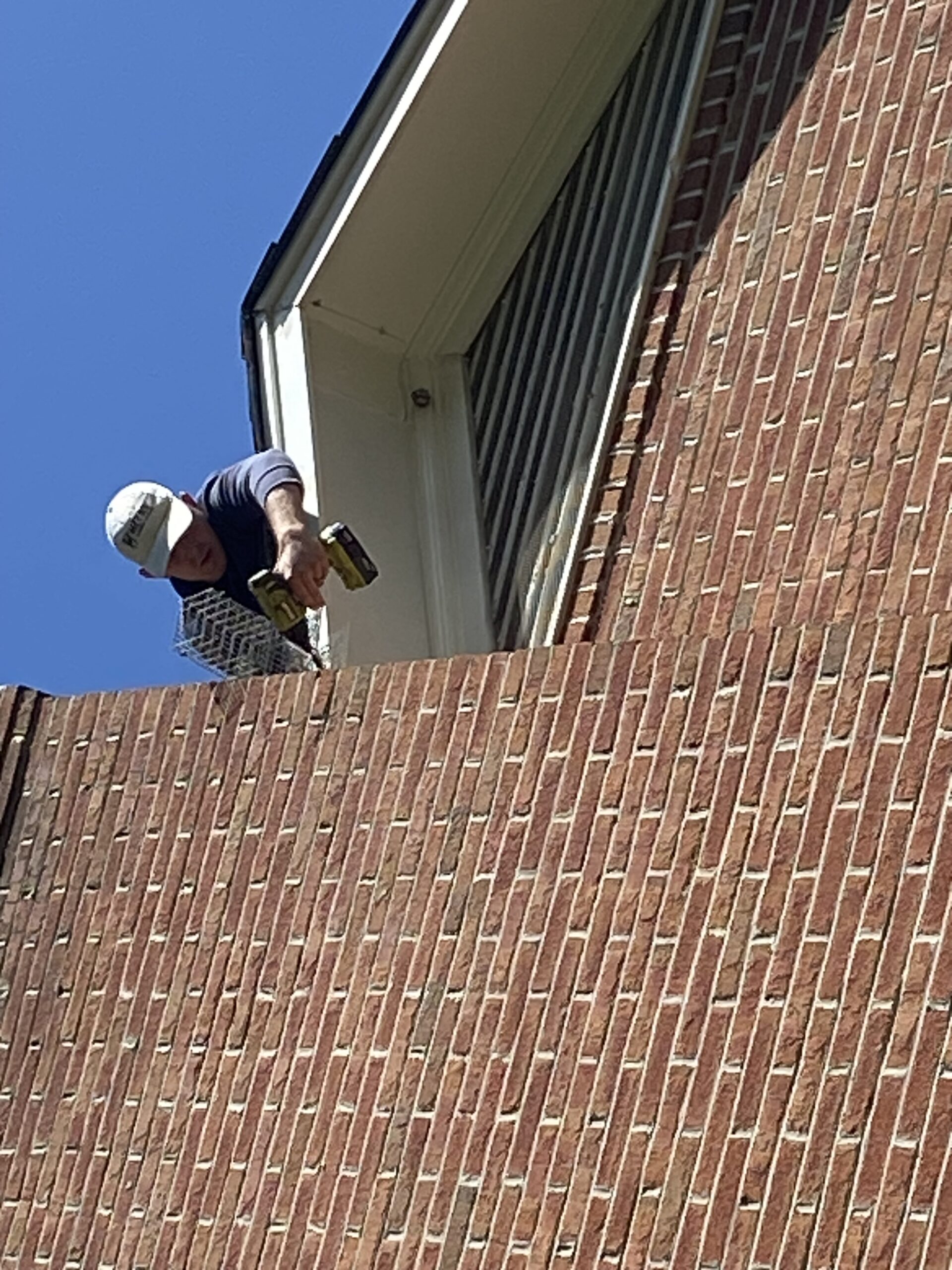How do I get rid of bats ASAP?
Bats are a vital part of our ecosystem, but when they take up residence in our homes or buildings, they pose a risk to our health and property. The key to addressing any bat problem is understanding their behavior. For comprehensive insights, solutions and professional assistance, you can always reach out to the experts at Metro Wildlife Control.

Image Credit: Metro Wildlife Control
Understanding Bat Behavior: The First Step to Control
Bats are nocturnal creatures, which means they are most active at night. They prefer to roost in dark, quiet, and enclosed spaces where they are safe from predators. Understanding where bats like to roost can give you an idea of where to look for them in your property. Bats are also seasonal breeders, and their maternity season typically falls between May and August. During this time, it is illegal to perform bat removal in many regions.
Bats pose a significant health risk as they can carry diseases such as rabies and histoplasmosis. They also cause property damage through their droppings, or guano, which can corrode building materials. If you notice any signs of bat infestation like scratching sounds in the walls or ceilings, guano, or a strong, musty odor, it’s time to take action.
Before you proceed with any bat control methods, it’s crucial to confirm that you are dealing with a bat infestation. Look for signs like bat droppings, grease marks on walls from their oily fur, or sightings of bats entering or exiting your property at dusk or dawn.

Image Credit: Metro Wildlife Control
Swift and Safe Methods to Rid Your Property of Bats
Once you’ve confirmed a bat infestation, it’s time to plan your removal strategy. The most humane and effective method of bat removal is exclusion. This involves identifying and sealing all potential entry points, leaving only the main exit open. An exclusion device is then installed at this exit, allowing bats to leave but not reenter.
The timing of the exclusion process is critical. Avoid performing exclusions during the maternity season, as young bats may be left behind and die, leading to an unpleasant smell and potential health risk. The best times for exclusion are early spring or late summer to early fall.
After the bats are excluded, it’s essential to clean and disinfect the affected areas thoroughly. Bat guano can harbor fungal spores that cause histoplasmosis, a severe respiratory disease. Therefore, proper personal protective equipment should be worn during cleanup. If the infestation is severe, it’s best to hire professionals to ensure a safe and thorough cleanup.

Image Credit: Metro Wildlife Control
In conclusion, understanding bat behavior is the first step in dealing with a bat infestation. However, bat removal can be a complex and challenging process. It’s important to act swiftly but safely, keeping in mind the bats’ welfare and the potential health risks involved. When in doubt, always seek professional help like the services provided by Metro Wildlife Control. Ensuring a bat-free, clean, and safe environment is paramount for our peace of mind.

Image Credit: Metro Wildlife Control